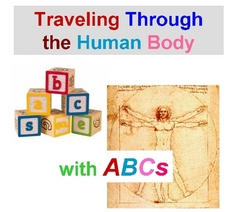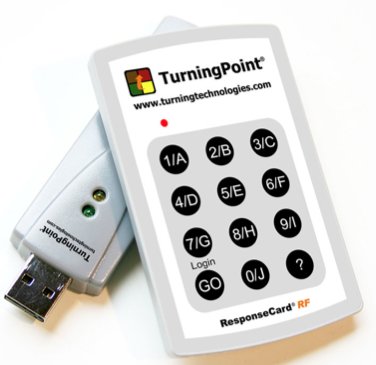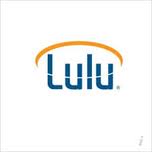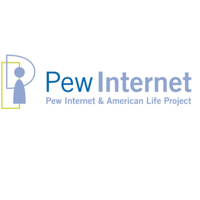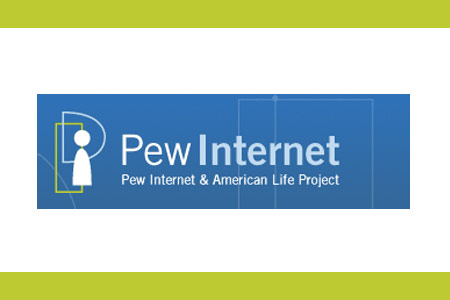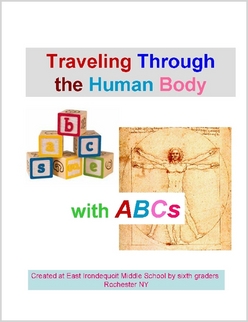
ABCs Human Body
It’s been nearly a year since I first raised that question. In case you haven’t heard – print on demand technology has made it possible to produce beautiful hard cover and paperback books without minimum runs or prohibitive upfront costs. During the last year, I have helped teachers from across the country get started on digital publishing. Kids are motivated by producing books for an authentic audience. Publishing helps students master course content and develop project management and teamwork skills. The power of publishing enables students to think like writers, to apply their learning strategies and to organize and express their learning. It exemplifies the best of the information revolution –students as creators of content rather than as passive audience.
I find that a publishing project is a great way to ensure that my training workshops get put to use back in the classroom and result in teachers having the chance to reflect on their practice by looking at student work.
I continue to add material my website – Read>Think>Write>Publish. Go there and you’ll find downloadable template books and tech guides. I also have posted sample student books that you can use as models to motivate your students. You can download them as a free pdf or order them published at cost.
Stay tuned – student publishing is going to be big!
